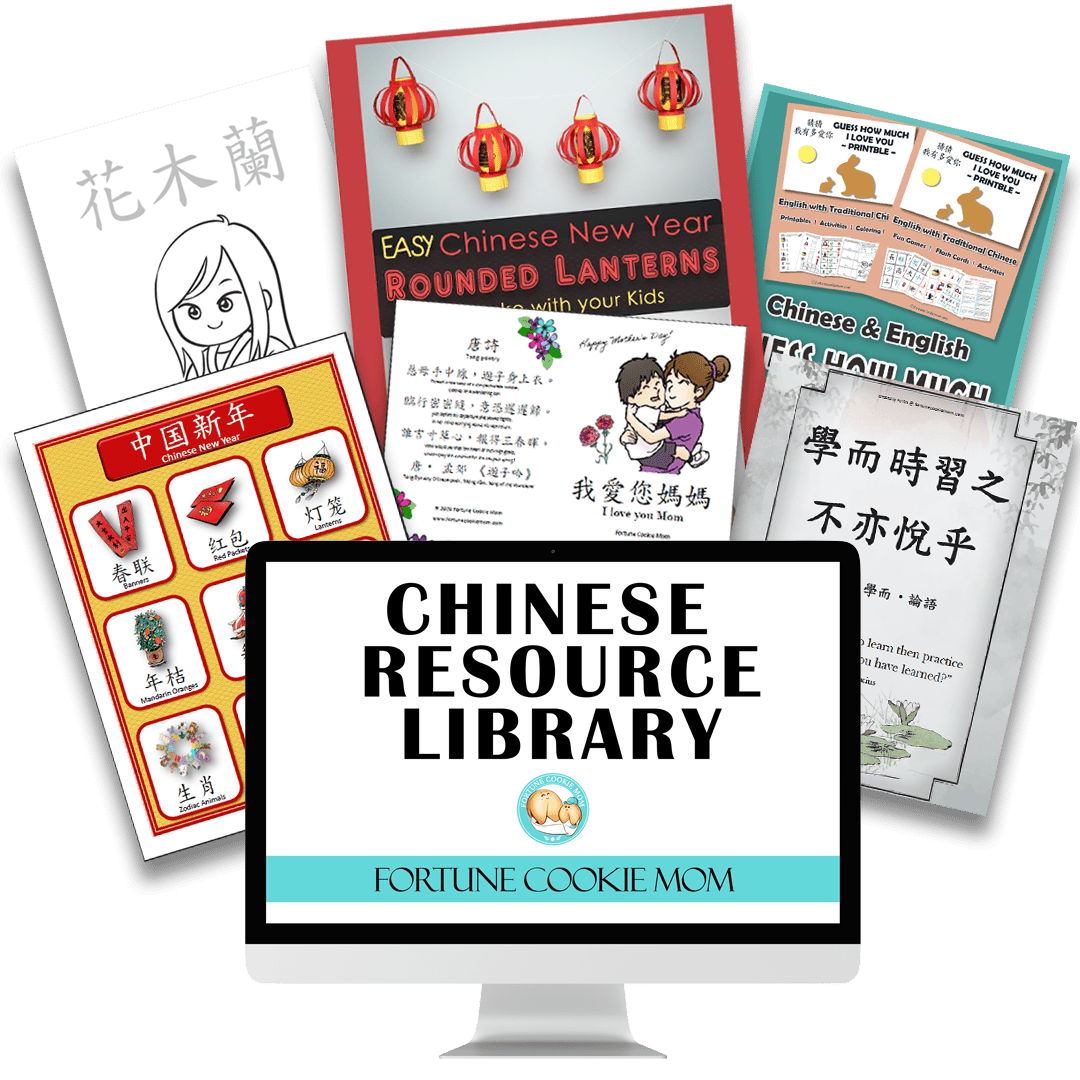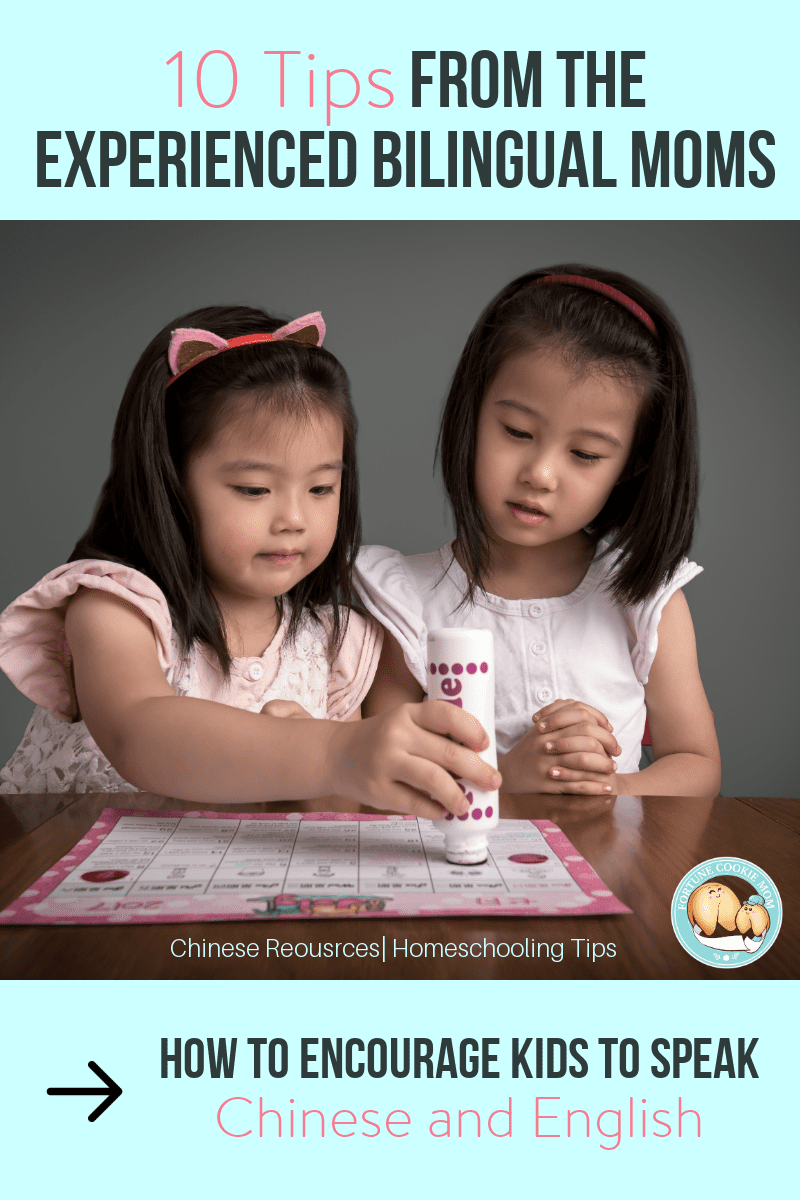Bilingual Homeschooling Series
Before we start, just a friendly reminder that this is a SERIES of How to Write a Year-Long Bilingual Homeschooling Plan, if you would like to go back and forth to read others’ posts, here are the links for you. Enjoy!!
Table of Contents
* Please scroll down to download a Freebie.
You are a Bilingual Mom/ Dad
Having a solid plan is very important, and now we have it. (If you didn’t have one yet, feel free to click here and learn more.)
What else can help us to be more successful in teaching our children both Chinese and English at home?
Mentors and experienced parents.
I have invited some experienced homeschooling moms who were/ are homeschooling or teaching both Chinese and English to their kids. They are going to share some tips for us.
All of them are bloggers or influencers, like me, and they all have a great educational blog or social media with amazing content and products to help us. Free feel to check out their blogs and get to know them more.
I know they are all super busy from being a mom, teaching their children, managing their home, blogging, etc., so we are very thankful for all of them to spend some of their time to share their experience, tips, and advice to us.
Question and Tips for Bilingual Homeschooling
Mia
from PragmaticMom
“I don’t speak Mandarin Chinese so I hired a tutor for my children to learn at home. My three kids are each two years apart, but it turns out that they don’t learn very well as a group even though they are basically at the same level. It worked much better to have them each meet with the tutor for a shorter time than longer as a group.
It was even more successful when my kids had a friend during their time slot who also wanted to learn Chinese. In terms of keeping them exposed to Chinese, I found that songs were particularly effective in getting the language to stick so it’s nice to play CDs or music of children’s songs in the car in Chinese. I also would play language DVDs. We liked the Follow Jade! series.
Finally, I would suggest that the emphasis is on fun rather than fluency if you are not able to speak Chinese at home. I just wanted my kids exposed to Chinese so that they would pick up the sounds and pronounce the language with a decent accent.
It’s interesting that only my middle child is still continuing with the Chinese. She has the least natural ability out of my three kids for languages but she has the most interest.”
Lin
from WenJunior
“Raising English and Chinese bilingual children is my goal. I am very happy to have a chance to share my tips with other parents.
To help my children’s English, I did three things.
1. Read a lot of English storybooks.
2. Sent my children to English speaking preschools.
3. Have children watch English speaking videos.
Since my children were born and grow up in the US, speaking English is not an issue for them when they are around 5 years old, however, having them speak Chinese is a challenge some times.
To help my children speak Chinese, I did 5 things.
1. Speak Chinese only to them most of the time.
2. Send them to a local Chinese weekend school.
3. Create Chinese learning materials to teach them at home.
4. Hang out with other Chinese speaking families.
5. Keep motivating and rewarding them for learning Chinese.
In my opinion, being bilingual is one of the best gifts we parents can give to our children. I am glad more and more parents realize the importance of being bilingual. Let’s work together to raise English and Chinese bilingual children.”
Meijie G
from Hands-on Chinese Fun
“Since my son is in the beginning stage of acquiring Chinese, it is helpful for me to ask him a choice question instead of an open-ended question. For example, if I ask him “你想要什么口味?” (What flavor do you want?) he will respond in English. However, if I give him two choices, like “你想要香草还是巧克力?” (Do you want vanilla or chocolate?), he is more likely to respond in Chinese as he can imitate one of the words that I just said.”
Virginia
from Mandarin Mama
“Truthfully, it is not difficult at all for my kids to speak English – that is definitely their preferred language of communication. So, that’s super easy to take care of. All I have to do is not remind them to speak Chinese.
As for Chinese, what I have found is that when I increase my children’s comprehension and vocabulary, they start to speak more Chinese because they now have the necessary language to express themselves. Thus, I play more Chinese audio-books (they learned a lot from the Mr. Men and Little Miss stories) and have them read more Chinese books – or even watch more Chinese videos. It takes a few weeks, but inevitably, the new vocabulary and phrases will creep into their Chinese conversations.”
Jodee
from NihaoHello
“My best tip to encourage my kid to speak English is enrolling her in an international preschool. Her nursery teacher speaks to her in English and her classmates are able to interact and play with her in English. To me, the environment and the social circle’s ability to speak in the target language are very important.
As for Chinese, storytelling is the best. With an illustrative book, tell a story in Mandarin Chinese engages her almost readily. Exposing her to animated videos and YouTube children’s educational programs which are in Mandarin also helps a lot.
I personally feel as a Bilingual and also her mother, my influence on her is great. For example, if I am enjoying a movie/film or a TV program that is in Chinese, it impacts her too. When I am speaking or chatting in Mandarin to Asian or Chinese friends/mommies, she cultivates this curiosity about this language that I am versed in.
In addition, she learns that her mother is bilingual and therefore desires to master or learn more about this minority language too. Since she is only 5 years old, organizing playdates with kids who can speak in both English/Chinese will help.
We didn’t have the luxury to engage a Chinese speaking babysitter, otherwise, I would think that could be one good strategy too.”
Ka Man
from wifekaman.com 卡門人妻
“We are seriously struggling because my daughter would mix all three languages (Cantonese, Mandarin, and English) in one sentence. I know she understands all three and she’s only 2.5 years old so it is pretty normal for her to mix up languages. We try to talk to her in our own native languages, which is Cantonese for me and Mandarin for my husband. When we are outside with English-speakers then we would speak English to show our respect. I read both English and Chinese books to her and we listen to songs in all three languages. I wish we have more friends here who speak Chinese so she can practice with people other than just us.”
Betty
from Chalk Academy
“My children are learning English, Chinese, and Korean. English is my kids’ main language since it’s the community language and the common language between my husband, nanny, and myself. However, it takes a lot of conscious effort to be consistent with the minority languages, Chinese and Korean!
My main tip for encouraging my kids to speak minority languages is to make it FUN! At home, our activities are primarily in Chinese and Korean, and learning involves arts & crafts, interactive printables, and outdoor play. Therefore, our kids have a positive association with learning Chinese and Korean and naturally want to speak it inside and outside of the home.”
Sunny
from Spot of Sunshine 好陽光
I try to take time to observe what my student and daughter are interested in. Then I try to find books, games, songs, anything in those areas of interest. Then we speak in Mandarin learning more and talk about things they enjoy. If there are words or phrases they don’t know in Mandarin or have trouble describing, I help them and then sometimes say it one more time to help them internalize it. I think developing relationships with my child, finding out who she is or who my student is as a person, has really helped me know how to cultivate a real interest in learning Mandarin Chinese.
Suzy
from Xiao Panda Preschool
Speak the language yourself! That’s the most basic and important answer of all.
My kids don’t need any special encouragement to speak English because we live in America and everyone around us, including dad, only speaks English to them. Thus, by far the most important thing I can do for them speaks Chinese as much as possible. If you know what you want and commit from when they are a baby, they get used to you speaking in Chinese to them and it goes smoothly. That was the case for my younger child. However, I was working full-time when my older daughter was 0-3 and did not even think about speaking to her in Chinese. It wasn’t until I started thinking about doing a Chinese immersion preschool that I realized I should be speaking to her more. Because I started later with her, she was frustrated with a sudden full-immersion lifestyle, so I used Chinglish (and still do) with her, but I’ve implemented more and more Chinese into our daily conversations.
My tip for if your child is older or less interested is to start with certain times of day or topics that you can commit to using Chinese. For example, I started with mealtime: I would ask her if she wanted milk or water in Chinese and soon the phrase and vocabulary were not scary or frustrating for her, then we added more times of the day such as bedtime, brushing teeth, going to the bathroom, etc.
Now I try to speak Chinese fully if we go out to run errands together. She still gets frustrated at times, and I still use English at times because no one is perfect, but the most important thing to do is try!
Kristy
from Love School At Home
When I start teaching the older daughter, it was 1 year ago (she was 5 yo) and we go through the books slowly, about 2 characters each day Mon-Thur, review on Fri or as needed.
1. Start with introducing names of what we have around the house first,(they can relate better since that is the environment they spend the most time with) then nature names, animal names, colors, etc.
2. Share stories about each Chinese character with them, how it transformed from drawing to Traditional and Simiplied Chinese now. I teach them to read in traditional Chinese and speak in Cantonese first (since they are my mother’s tongue).
3. Listen to songs in Chinese and help them focus on the sound without video (we are doing screen-free environment for them, no videos)
4. Provide interesting reading materials for kids
5. Be creative and use hands on activities to learn
6. * Celebrate Chinese festivals with the kids (my kids love special food we cook together for any festivals or celebration, introduce words related to the festivals, related reading material, games and cultural activities at home, if you found a local festival event it will be great! If not try out a special recipe as a family).
Although their dominant language is English, I didn’t want to give up teaching Chinese to them. There are days that the child doesn’t want to learn or not showing interest. Don’t stress out.
Do you have some tips want to share with us too? Free feel to share your tips and experience in the comments below.
You Might be Interested:
- An Interview about My Homeschooling life in Hong Kong
- 13 Tips for Surviving Both Homeschooling and Working from Home
- Homeschooling in Hong Kong: The Fortune Cookie Mom from Honey! I’m Homeschooling My Kids
- How to Start Teaching Chinese at Home
- Teaching Chinese with Theme-Based Approach: Chinese Theme Packs
- How to Create a Language Rich Environment to Learn Chinese at Home
- How I Motivate my Children Reading in Cantonese and English
You Are Not Doing it Alone
Join my Facebook support group to meet and get connections with parents and educators with the same goals.

身为职业妈妈的我,常常牺牲睡眠来自作教材。版主全方位学习的新年教材真让我省下不少宝贵的时间找资料。四岁的女儿对中文学习有点抗拒。我们善用版主提供的迷你故事书和生字卡来增强她对语文的认识。版主的中文单词棋盘游戏更让女儿投入学习, 因为她想赢嘛!版主的教材可让小孩边玩边学, 太棒了。
This is the second 5-Day Challenge that we have done with Fortune Cookie Mom. Both have been very beneficial to our family. I am a homeschool mom of three little kids. We are not Chinese and do not speak any Chinese. With the help of Fortune Cookie Mom, we are slowly learning! The challenges have given me fun activities to do at home with the kids. Each one has reignited my kid's interest in learning. It has been a fun experience for everybody!






0 Comments